Table of Contents
I’m an old-school kind of guy. “If it ain’t broke, don’t fix it” has long been my motto, and this applies to shooting as well as to everything else in my life. I’ve had my trusty Ruger hunting rifle for years, because I don’t like to mess with what works. So when I first saw frangible ammunition being offered at my local range, I couldn’t for the life of me understand why anyone would want to use this newfangled type of bullet when regular old-fashioned ones work just fine. Still curious, I did a bit of research, and here is what I discovered about frangible ammo.
What Does Frangibility Mean?
“Frangibility” refers to the ability of an object to break into small fragments. It stands in contrast with an item which is not frangible, and would therefore remain as a single object in its original shape, even after deforming. For instance: wafers and cookies are frangible, as they break apart into many tiny crumbs, while fruits and vegetables are not frangible.
Certain objects are specifically designed to be frangible as a means of preventing potential damage upon impact. An example of this would be street lighting poles that are designed to break away when struck by a vehicle, so as to decrease the risk of injury to the vehicle’s occupants.
Frangible Bullets
The purpose of frangible bullets, much like that of frangible light poles, is to decrease the chance of injury by creating an item that won’t shatter into large pieces upon impact.
These bullets are designed to disintegrate into tiny particles upon impact with a target, and these small particles are significantly less likely to cause any damage to other objects or people in their vicinity than a typical, ricocheting bullet. Depending on velocity, the frangible bullet may even be vaporized upon impact, although few firearms can propel the bullets at this needed velocity. Both jacketed and unjacketed frangible ammo is available, but whichever type you select, you will find yourself with a safer alternative to regular bullets.
Frangible ammunition is available for most calibers of handguns and rifles. The bullets are typically made through a process called sintering, which entails heating a powdered material to just below its melting point, at which point the particles adhere to each other. These bullets are frequently made from copper powder which is compressed to result in a high-density material.
Glaser Safety Rounds
The first frangible bullet was developed by Glaser Safety Slug, Inc. in 1974, and then reformulated into its current compressed core form in 1988 as a means of maximizing bullet weight and the number of bullet fragments. Later, in 1994, the polymer formulation was changed to improve fragmentation reliability to below 1,000 feet/second, through the use of soft plastic in the bullet instead of hard plastic.
The Glaser Safety Round “claim to fame” is that it was tested and used extensively by the United States Federal Air Marshal Service in the 70s and 80s aboard commercial passenger aircraft for defense against hijackers.
PROS (Lead-Free) and CONS (Frangible Ammunition Pricing)
Since frangible bullets are made of copper, instead of a lead core with a copper jacket, they are ideal for ranges which are looking to go lead-free. They ensure that no airborne lead will be released upon the bullet leaving the barrel. While it’s true that most indoor ranges are required to have sophisticated filtration systems to capture the toxic substances released into the air during shooting, this is rendered unnecessary with non-toxic frangible ammunition. However, shooters should still be aware that many traditional steel bullet traps will produce a considerable amount of non-toxic dust when used with frangible ammunition, which can become uncomfortable for training purposes if you don’t have adequate containment and exhaust systems in place.
Beyond the lack of lead, frangible bullets have many other benefits. For instance, this variety causes less damage to steel targets than regular, old-fashioned ammo. Steel targets are cheaper than other varieties in the first place, anyway, and not needing to replace the targets as often due to less damage is a great way to further improve their cost-effectiveness. When using steel targets, totally frangible ammo allows the shooter to operate at close range, even as close as 15 feet. Furthermore, frangible ammo can help shooters improve their form as well as their recoil control.
Frangible bullets are not simply meant for civilians practicing at the range, though. For military purposes, frangible bullets are safer when it comes to combat simulations as well as military or police actions in close quarters, where this kind of ammo reduces the risk of harm to friendly forces and innocent bystanders.
There have been complaints that the heavy metal-free primers found in frangible ammo can cause issues, after several hundred rounds, of damaging strikers as well as the firing pins of the guns themselves. This problem can be solved by opening the flash hole and creating less back pressure on these primers, which were in turn damaging the breech faces.
An additional issue with these primers is that they can result in a relatively high failure rate, since they just don’t seem to provide enough force when compared with their traditional counterparts.
There are those shooters out there who believe that particular ranges require frangible ammo because they can overcharge shooters for it and make more money that way.
Frangible ammo is not cheap (one of the best prices I’ve seen yet is a 500 count lot of .223 ammo for around $75 on www.frangiblebullets.com), and when purchased at the range, it has been known to experience quite a markup. Some ranges will even charge almost twice as much as the actual cost of the bullets. Granted, ranges will markup traditional ammo as well, but not to the same extent as frangible ammo.
NOTE: It is crucial to mention that frangible ammo is NOT the equivalent of a bean bag round / flexible baton round. A bean bag round is meant to be non-lethal; frangible ammo, on the other hand, can still be deadly if it is used to shoot at a human being. The “safety” aspect of frangible ammo is that it is less likely to harm nearby individuals due to ricocheting, not that it won’t be harmful upon actual contact.
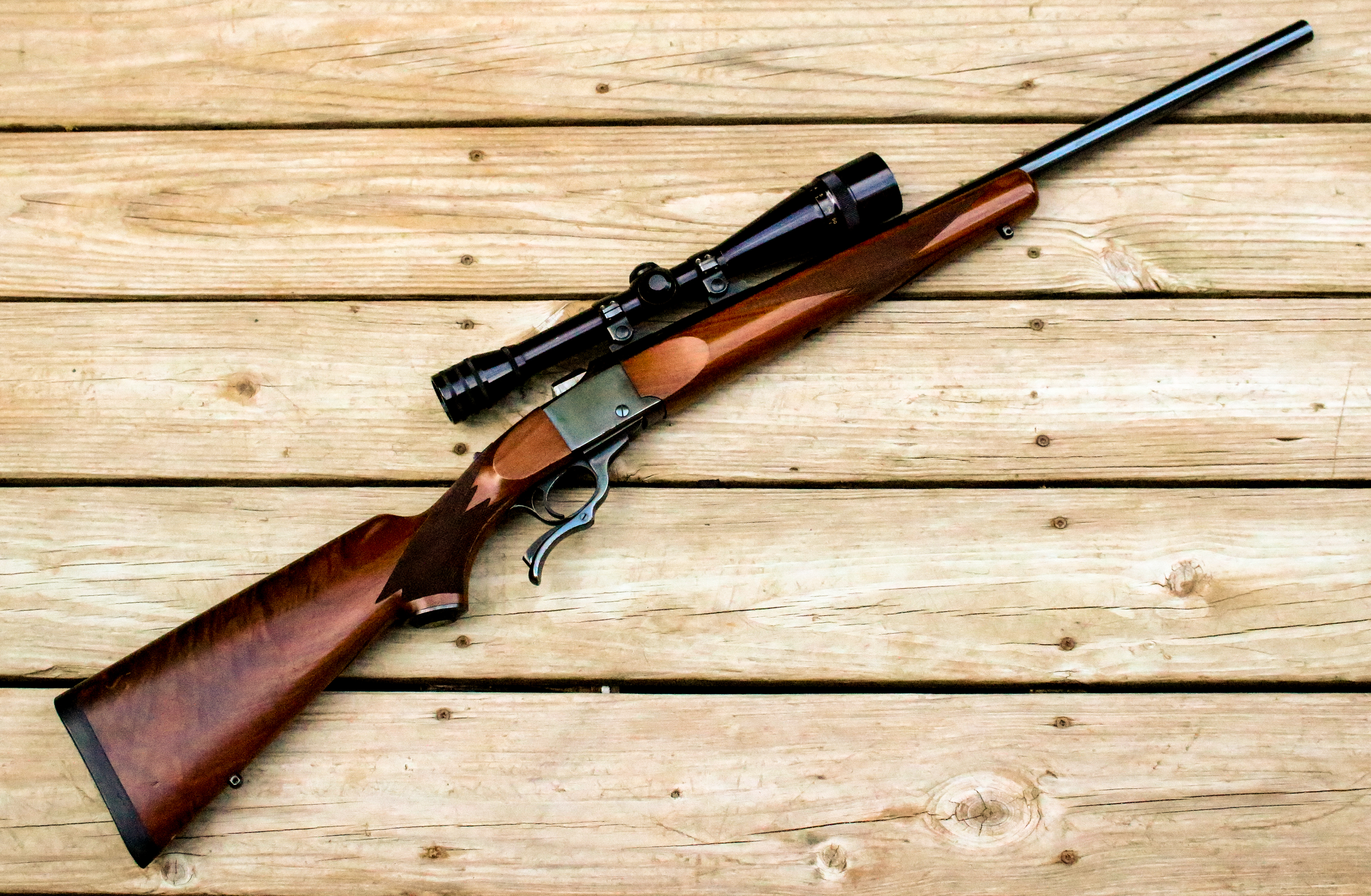
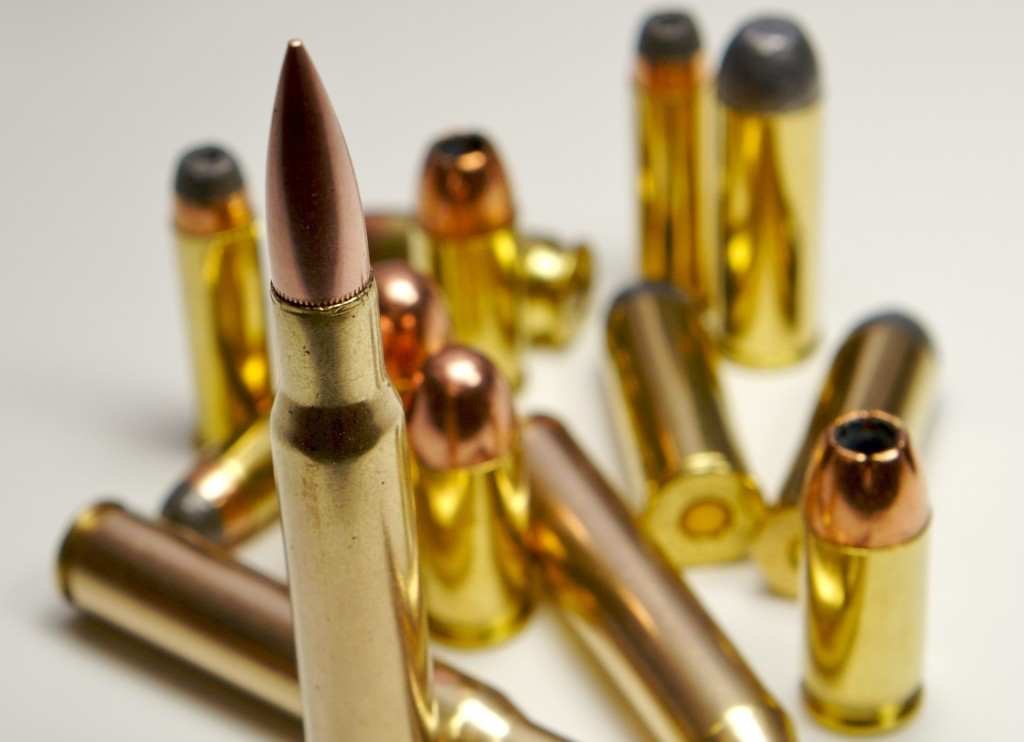
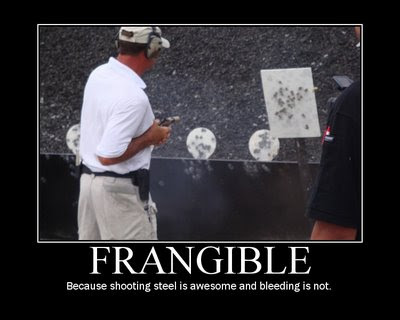
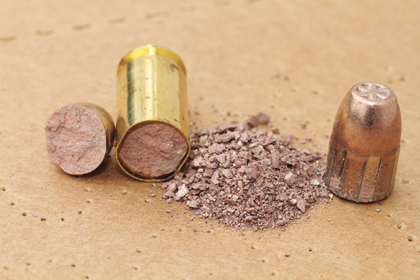
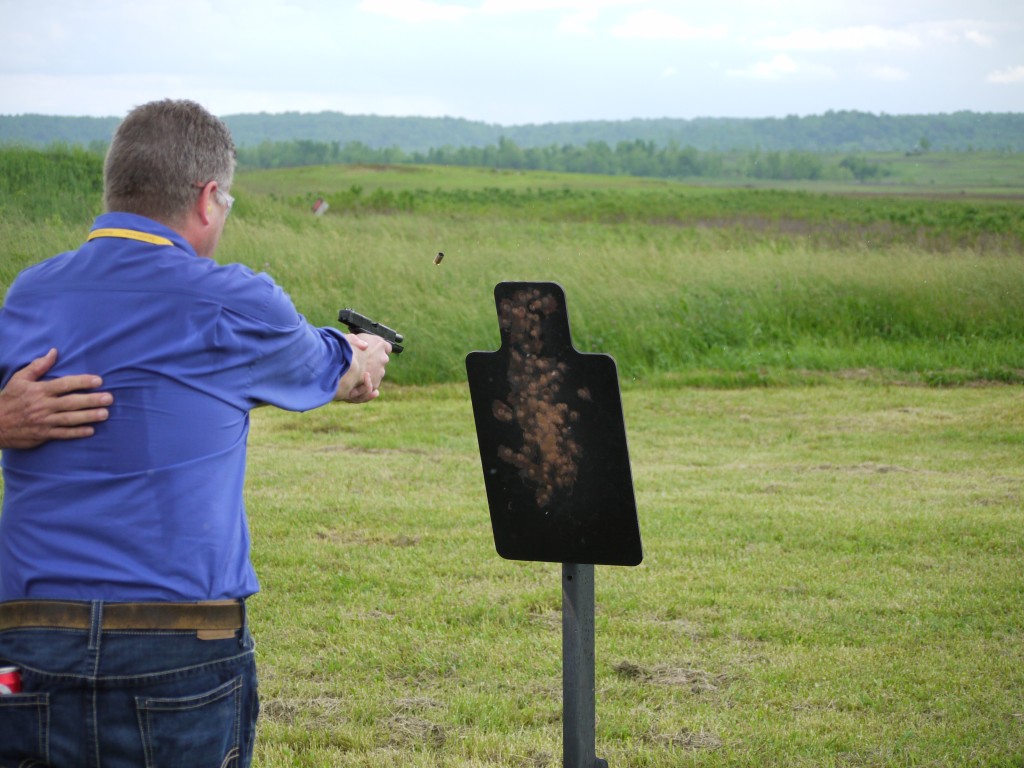
No comments yet.